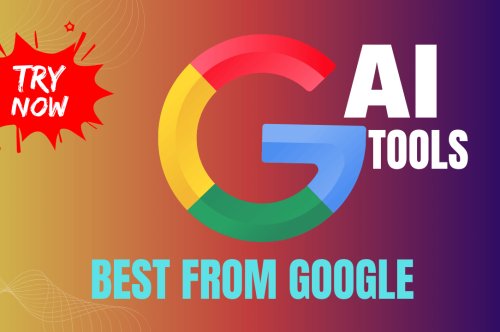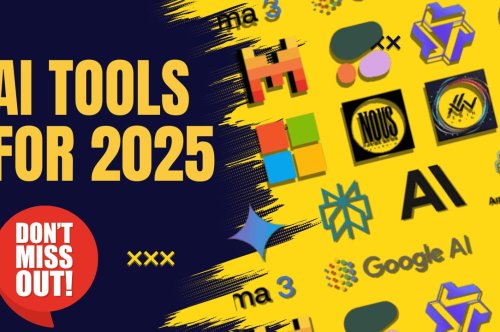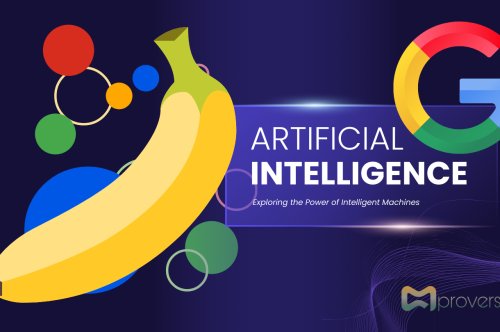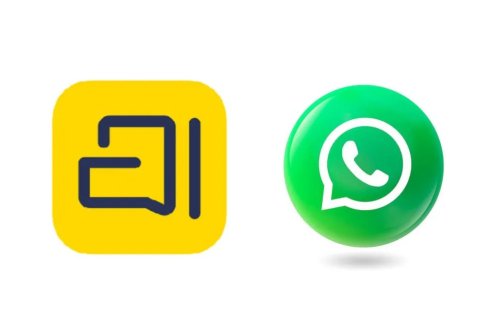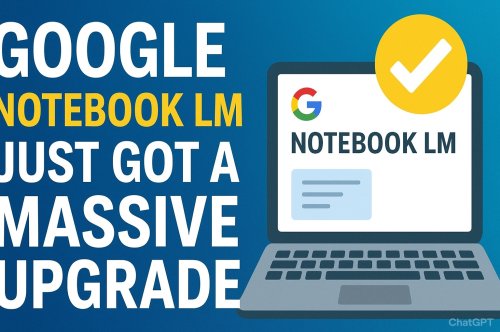Bytebot OS: The AI Operating System That Works as a Virtual Employee
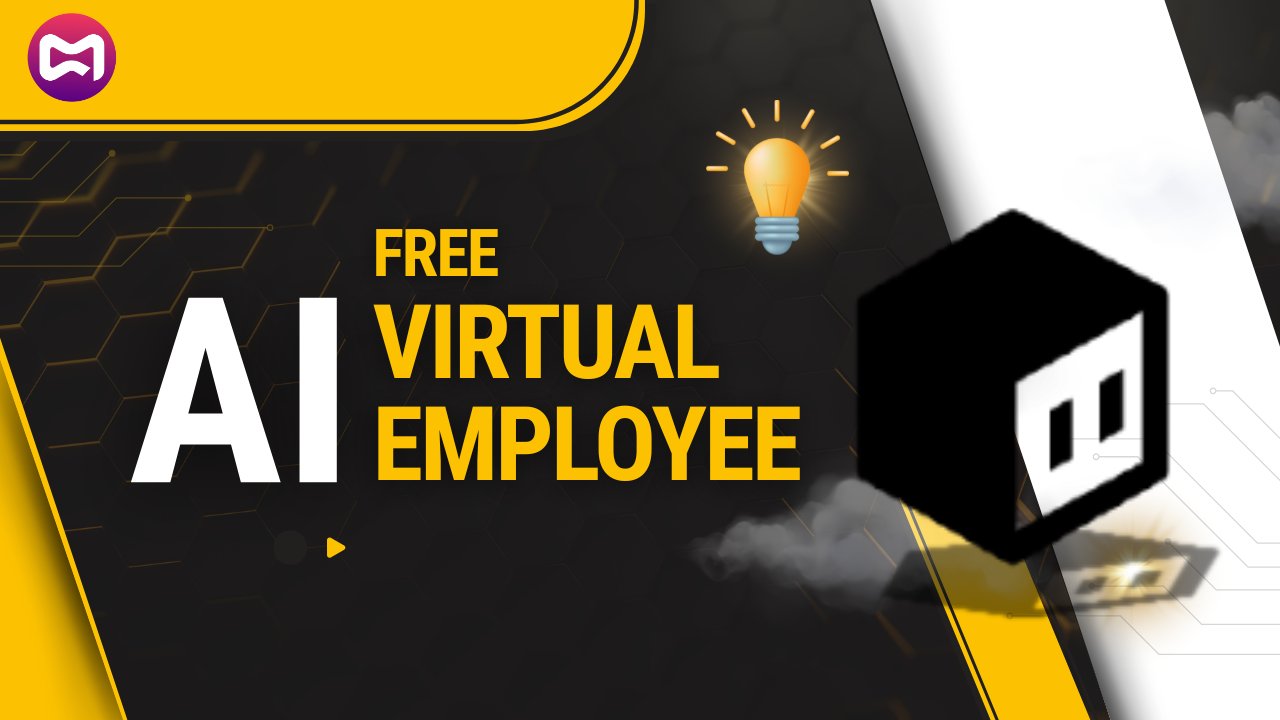
Bytebot OS: The AI Operating System That Works as a Virtual Employee
Introduction
Imagine if I told you that today there is an AI that not only talks to you but operates your computer like an actual employee. That's what Bytebot OS accomplishes. It's a new, completely free, open-source operating system built with AI that has its own desktop and can perform nearly any digital task you want it to.
Whereas most AI tools are limited to running in the browser or APIs, Bytebot OS has a complete Ubuntu Linux desktop. Imagine having a virtual team that can log into websites, download files, complete forms, apply office software, manage emails, and even decode complex workflows between dozens of apps—all without you ever having to lay a finger on it.
What Sets Bytebot OS Apart?
The greatest contrast with regular automation software is how it operates. Most automation shatters the moment a website is altered. Bytebot doesn't. It's able to even read off the screen, adjust if buttons shift, and continue working.
This is accomplished because it operates with the same three items a person does on a computer:
-
Keyboard
-
Mouse
-
Screen
That's it. Because it's based on this universal control system, Bytebot can control any app, any website, and any system—just like a human employee would.
How Easy Is It to Install?
One of the best things about Bytebot OS is how easy it is to install. You just need:
-
Docker running on your machine
-
An API key from an AI supplier such as OpenAI, Anthropic Claude, or Google Gemini
After that, it’s only a few steps:
-
Clone their GitHub repo
-
Add your AI provider key
-
Run Docker Compose
-
Open it in your browser
That’s it. In under two minutes, you’ll have a fully working AI desktop.
How People Are Using It
Businesses and individuals are already finding creative ways to use Bytebot:
-
Quality Assurance Teams: testing apps, reproducing bugs, and running visual regression checks.
-
Data Entry Teams: automating form filling, database updates, and information transfers.
-
Web Automation: scraping data, monitoring websites, and processing multi-step processes.
-
Developers: integrating Bytebot with coding AI's to code, test, and code in a whole loop.
Since the environment is persistent, programs you install remain available for future tasks. Install once, and Bytebot remembers it.
Security and Control
Privacy will probably be one of the biggest selling points. Unlike cloud-based AI solutions where your data gets sent to the servers of a different company, Bytebot is completely deployed on your own infrastructure. Your data does not get sent outside your infrastructure.
All the desktops are deployed within their own Docker container, so they're isolated and secure. And it logs and captures screenshots of everything so you always have visibility into what it did.
Why This Matters
We're on the threshold of a new age where AI doesn't serve—still, it performs. These computer workers can do the job that would take hours of man power. Such as:
-
Transferring data between systems
-
Processing documents
-
Completing forms
-
Downloading and sorting files
This could be an absolute life-saver for small businesses and entrepreneurs. Instead of spending cash on virtual assistants or burning hours on drudgery, you can run an AI for pennies an hour.
The Future of Bytebot
Bytebot OS is now general-purpose. Coming soon, however, are industry-specific ones:
-
Healthcare-specific Bytebots for hospital networks
-
Legal Bytebots for document management
-
Financial Bytebots for financial oversight and banking
Because it's open-source and Docker-container based, plug-ins and specialty releases can readily be made by developers themselves.
Final Thoughts
Bytebot OS is more than another AI. It's a peek at the future of cyberspace work. By giving AI its own desktop, mouse, and keyboard, it can accomplish anything one worker could—but quicker and never weary.
And the really good news? It's absolutely free, open source, and you can install it today. You can have it installed in minutes and begin automating instantly.
The question isn’t whether this type of AI will change business operations—it’s whether you’ll be early or late to start using it. Try now
